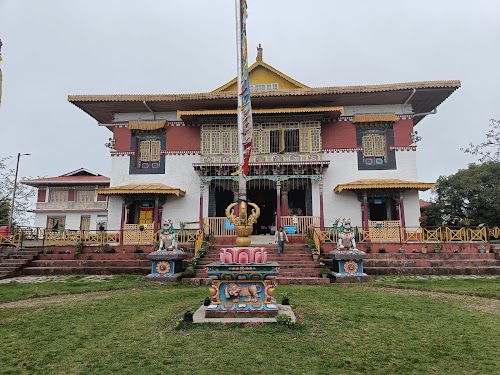
Pemayangtse Monastery
Gangtok, India
- Admire the seven-tiered model of Sangthokpalri
- Enjoy panoramic views of the Himalayas
- Explore ancient scriptures and artifacts
- Photograph the intricate murals and architecture
- Witness monks' daily rituals and chants
Known for:
Description:
Pemayangtse Monastery, one of Sikkim's oldest and most important monasteries, offers a captivating glimpse into Tibetan Buddhism. Its intricate architecture, vibrant murals, and serene atmosphere create a truly spiritual experience. The monastery houses a remarkable collection of ancient scriptures and artifacts, including a seven-tiered model of the heavenly abode of Guru Rinpoche, known as 'Sangthokpalri'. Visitors can witness the monks' daily rituals and chants, adding to the monastery's mystical aura. The surrounding Himalayan landscape enhances the overall sense of tranquility and beauty, making Pemayangtse Monastery a must-visit destination in Sikkim.
History:
Pemayangtse Monastery was founded in 1705 by Lhatsun Chempo, one of the three lamas who consecrated the first Chogyal (king) of Sikkim. It belongs to the Nyingma order, the oldest of the four main schools of Tibetan Buddhism. Historically, the monastery played a significant role in the religious and political life of Sikkim. Only monks of the Bhutia community were permitted to join Pemayangtse, and they held a high status in society. The monastery's unique architecture reflects traditional Tibetan craftsmanship, with its elaborate woodwork and colorful paintings. Over the centuries, Pemayangtse Monastery has been carefully preserved, ensuring its continued importance as a spiritual and cultural center.